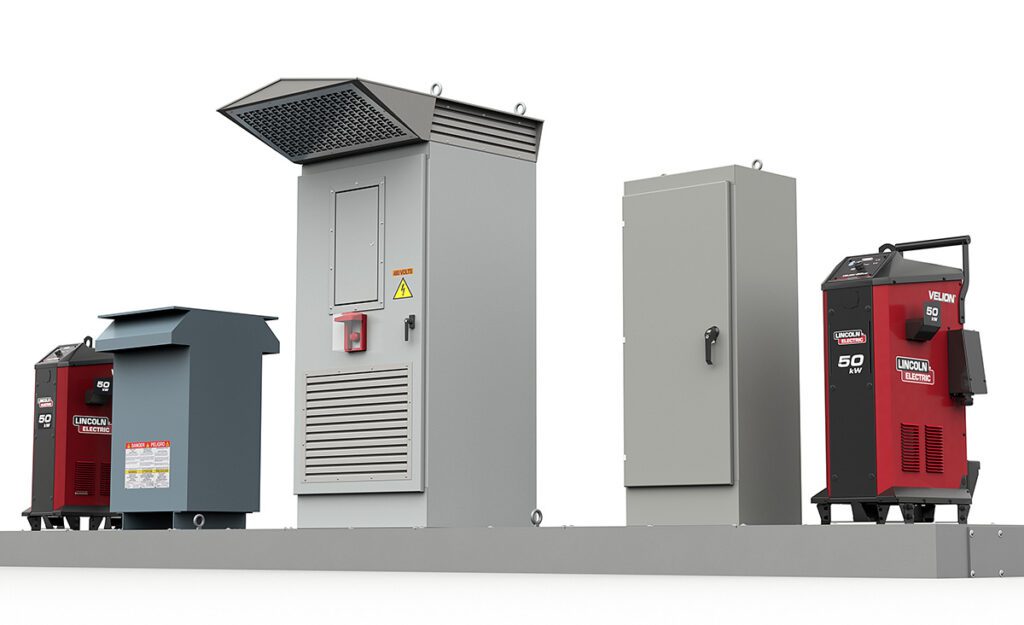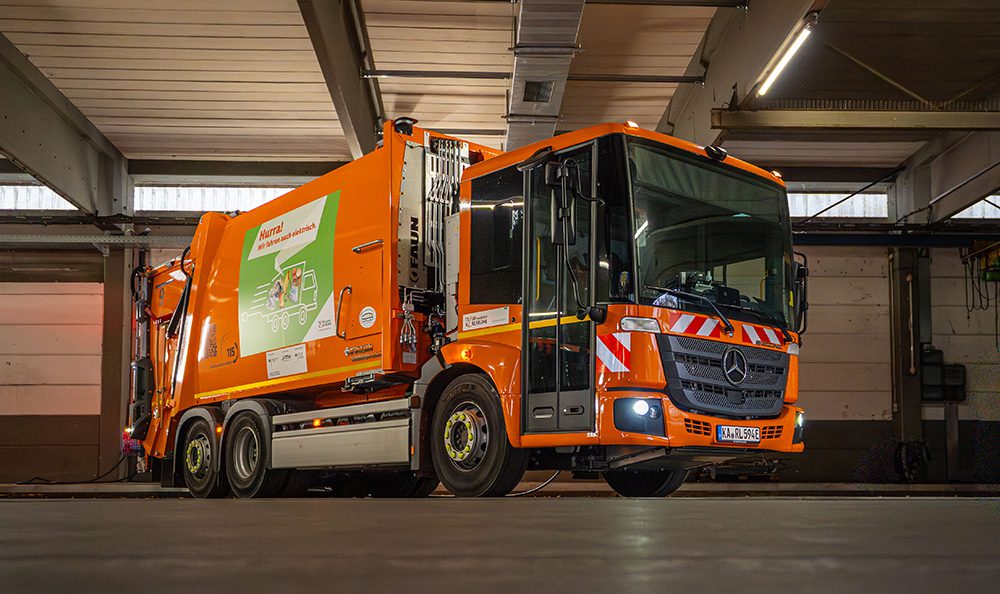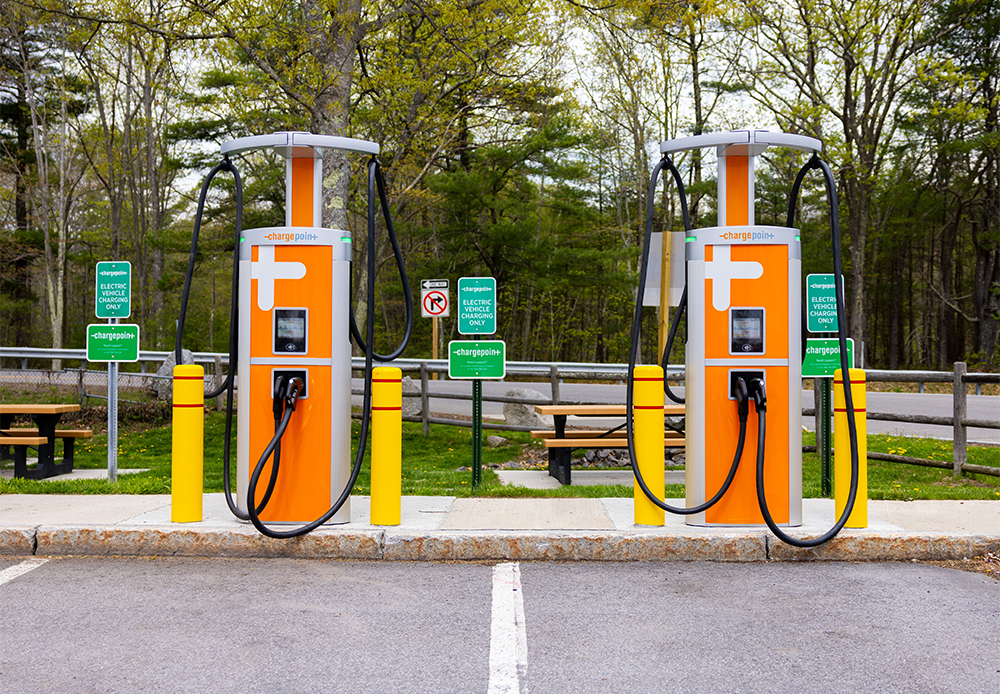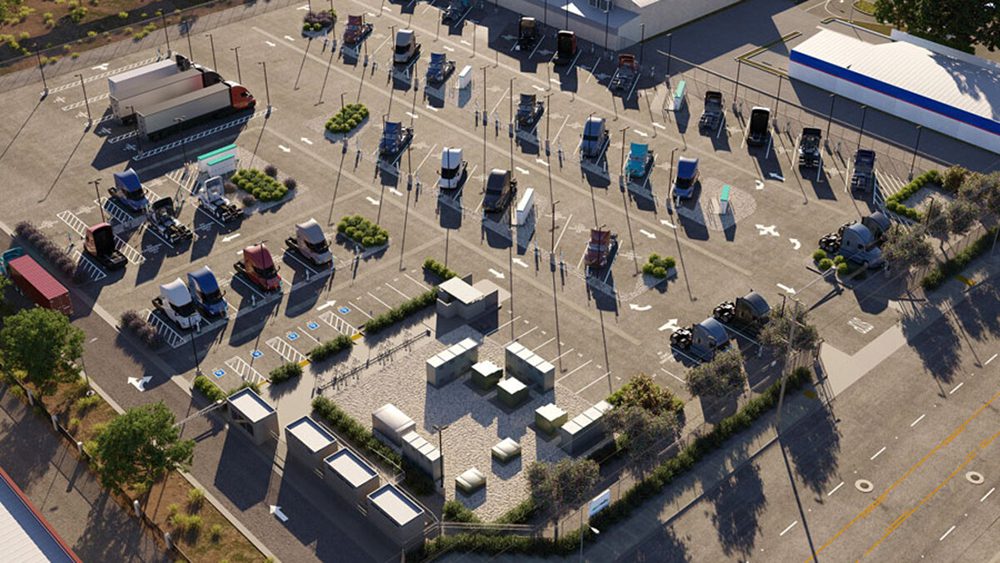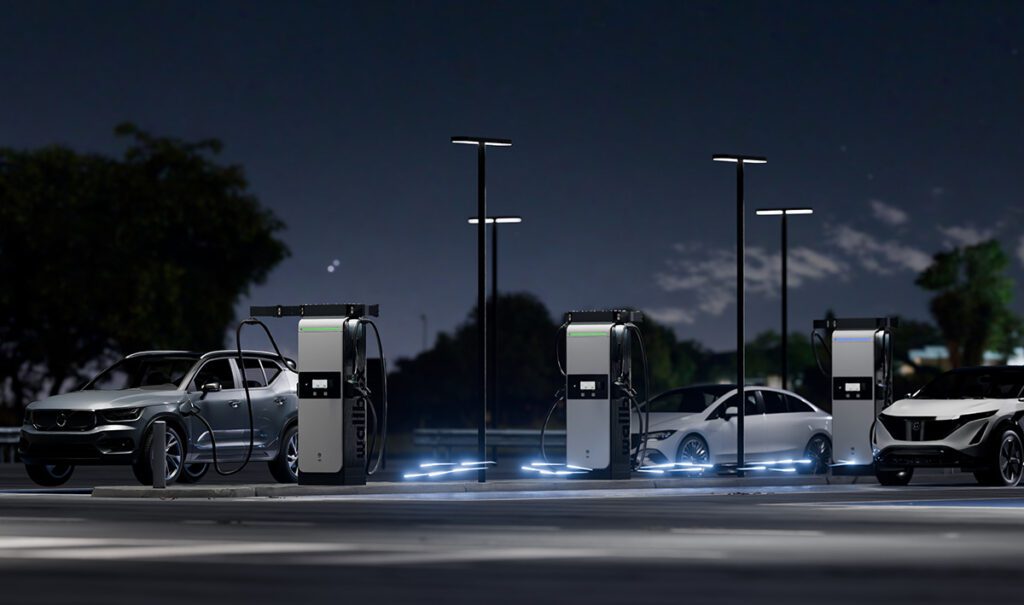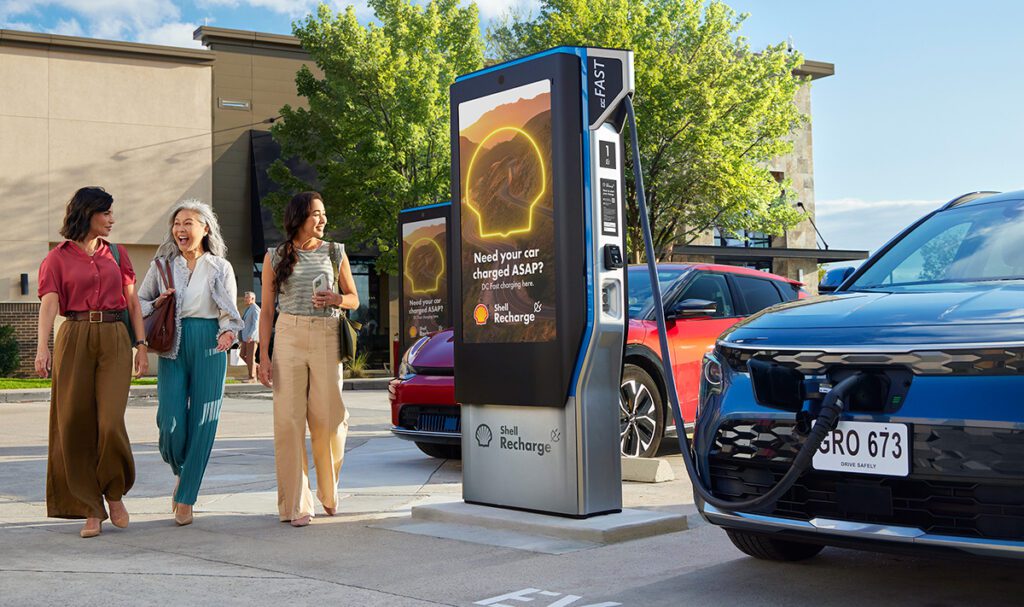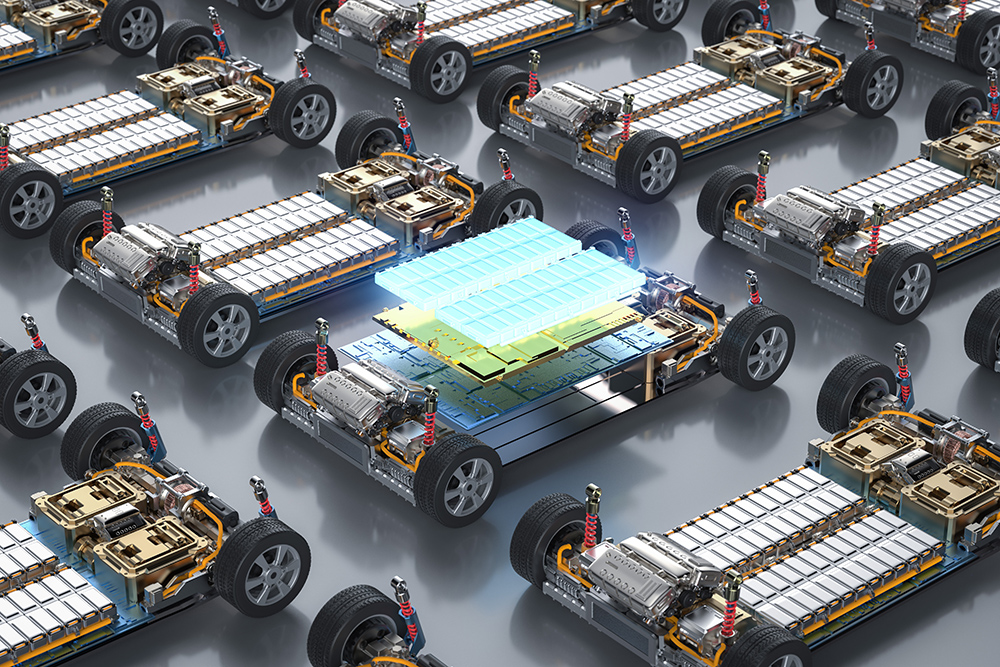
The EV market is booming, with the number of EVs on the road expected to hit 125 million by 2030. But the rapidly growing EV market has brought with it complex supply chain challenges associated with transporting the large format lithium-ion batteries that power them. And these challenges only increase depending on the size and condition of the battery.
The ongoing transport of new, used, end-of-life and damaged batteries and cellular module assemblies (CMAs) through the supply chain can be a complicated and highly regulated endeavor, and transporting them safely, efficiently and compliantly means nailing every detail.
With nearly all automakers selling or unveiling EVs, every organization in the automotive industry – from the automakers themselves to the corner repair shop – needs a plan for large format lithium battery transport. After all, in today’s rapidly growing EV market, it’s not a matter of if large format lithium batteries will have to be transported, but when.
Why is transporting EV batteries difficult?
- EV batteries are big, bulky and difficult to handle and ship.
- Workers often need special training and special equipment just to handle them.
- They present a significant fire risk, which is why they are classified as hazardous materials.
- Shipments must comply with all hazmat regulations for packaging, labeling, documentation, training and specified shipping methods.
- Shipping rules and requirements vary by country and transportation mode.
- They require specialized, custom packaging that can handle the size and weight, and comply with various testing standards.
- Battery transportation often involves multiple supply chain partners who must be aligned on the processes, equipment and transport instructions.
As the EV market continues to grow, understanding and managing lithium battery transport becomes increasingly critical. And while there are a number of complex challenges, there are solutions that can help. Read the full whitepaper to learn more information about the challenges impacting EV battery transportation, and, more importantly, how to overcome them.
























































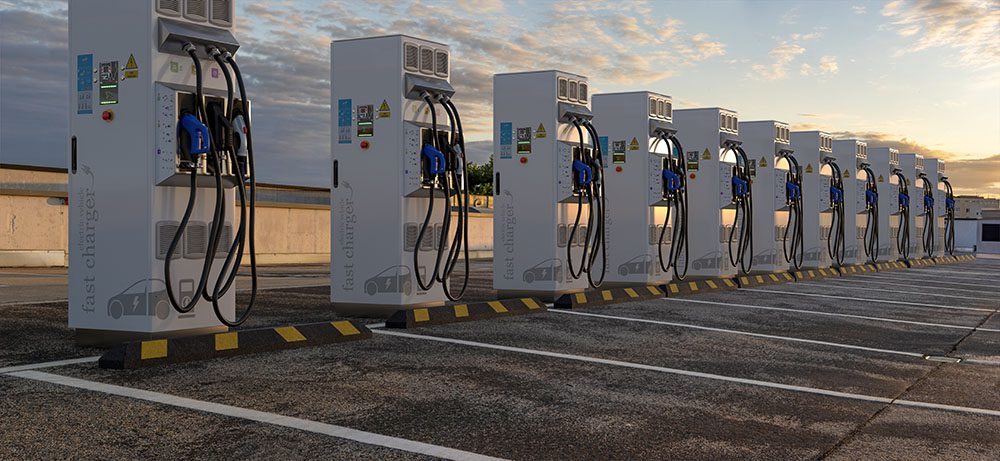
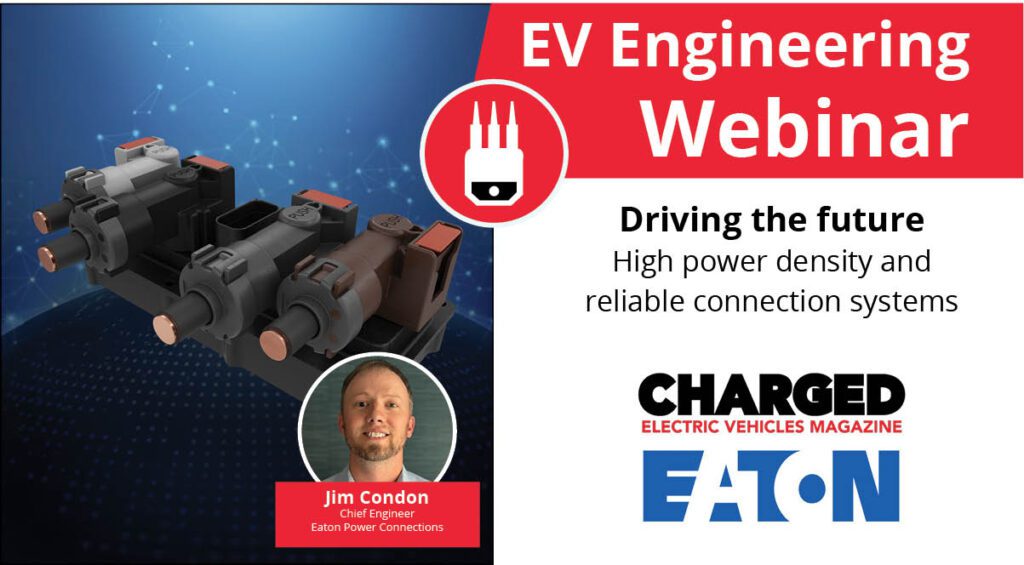

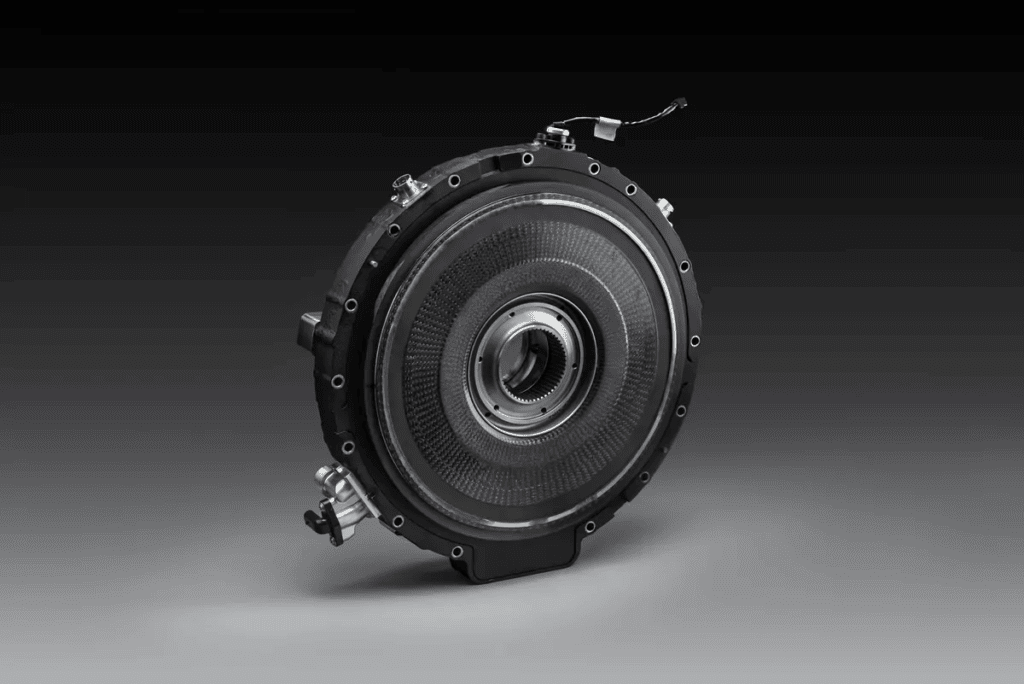



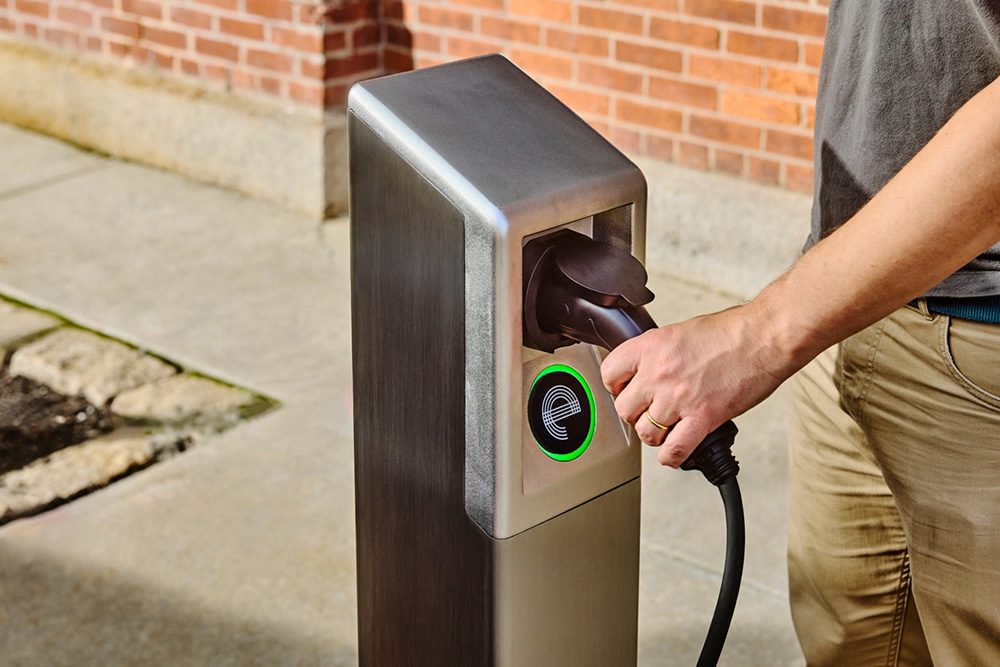

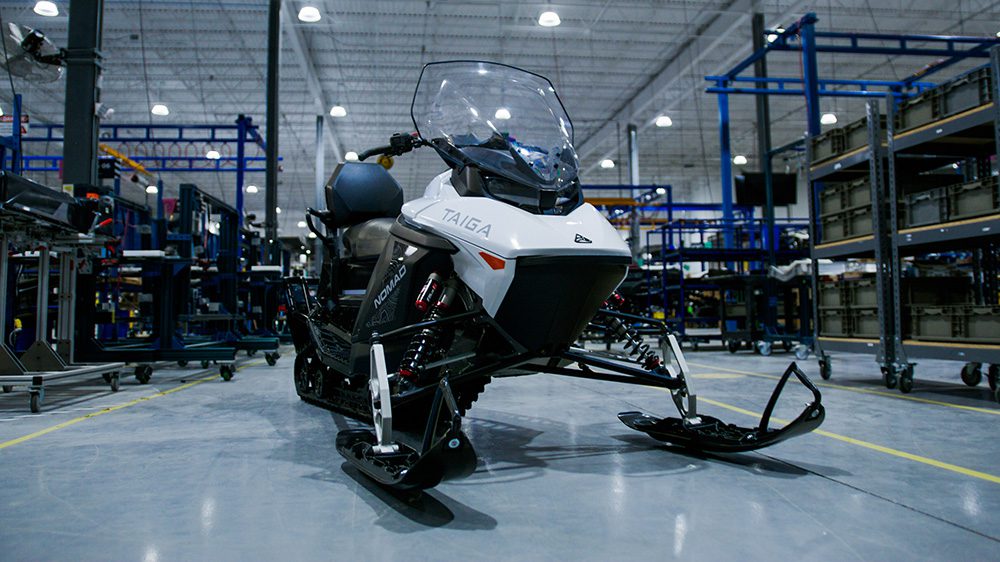
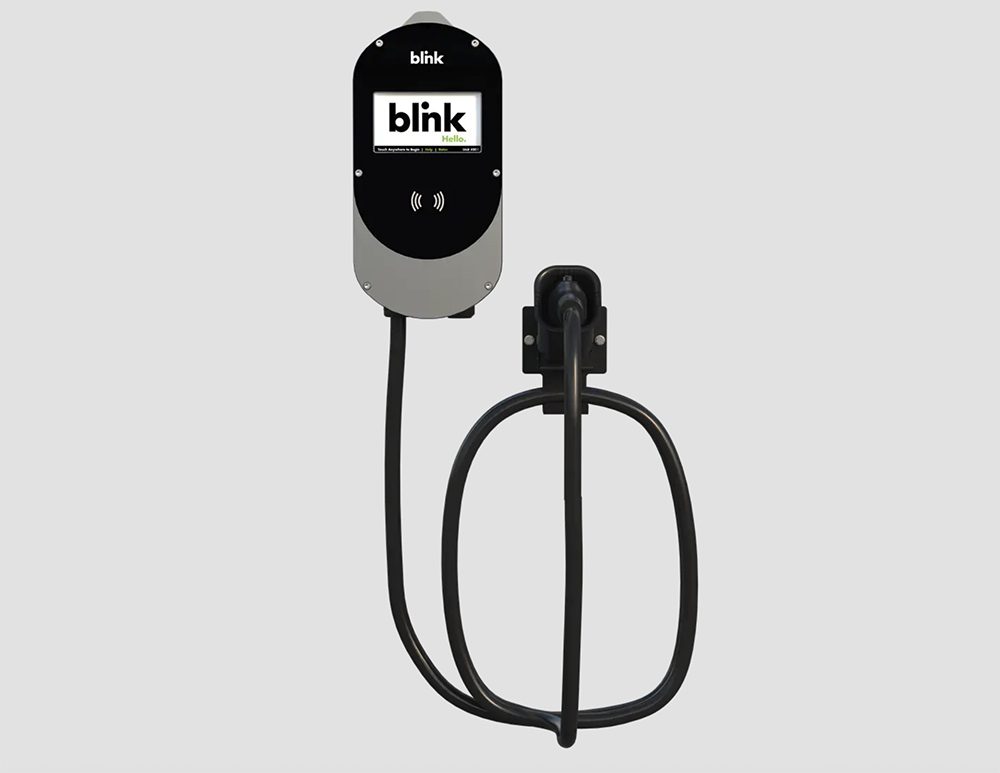
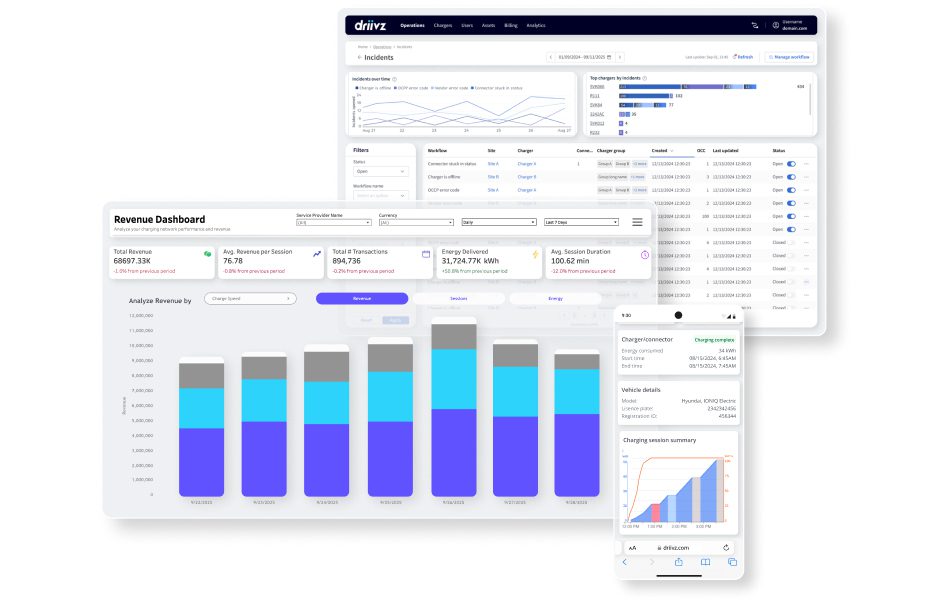
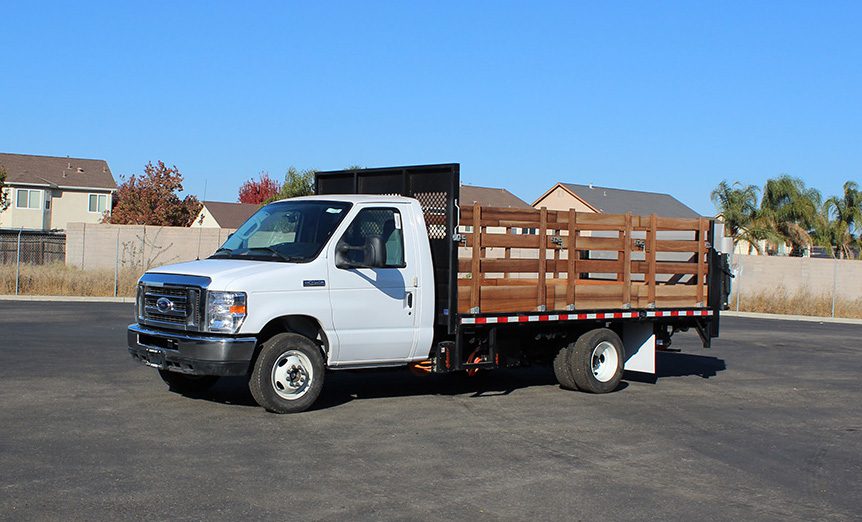
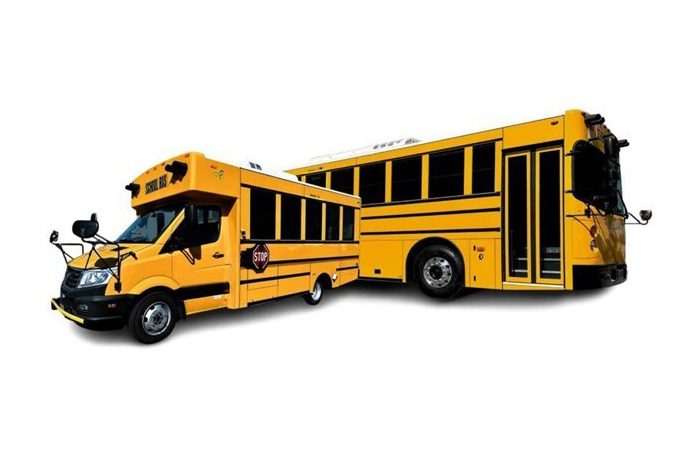
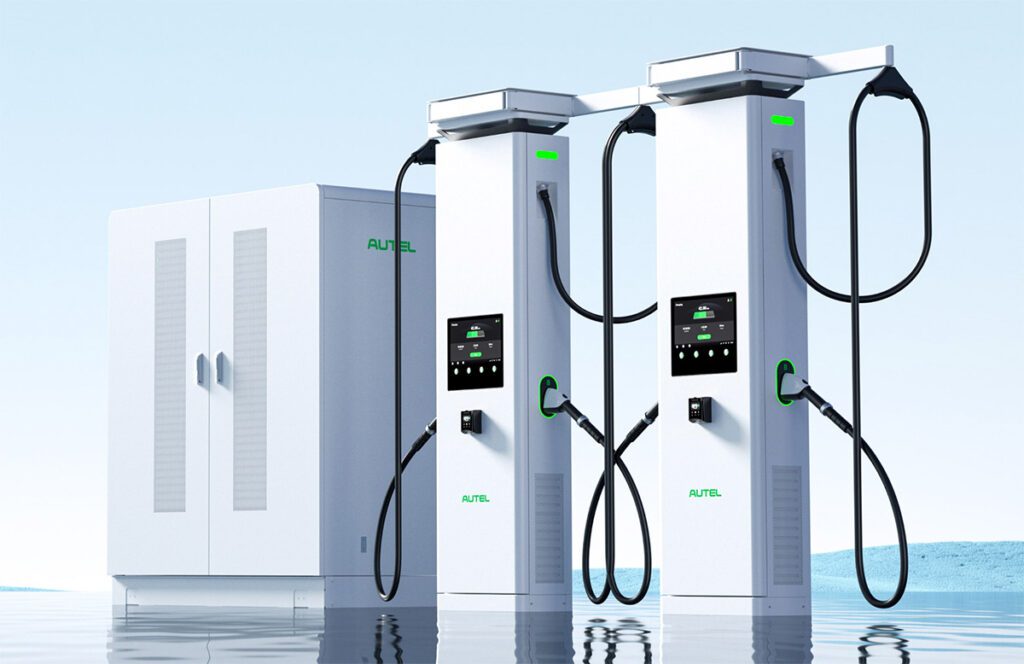
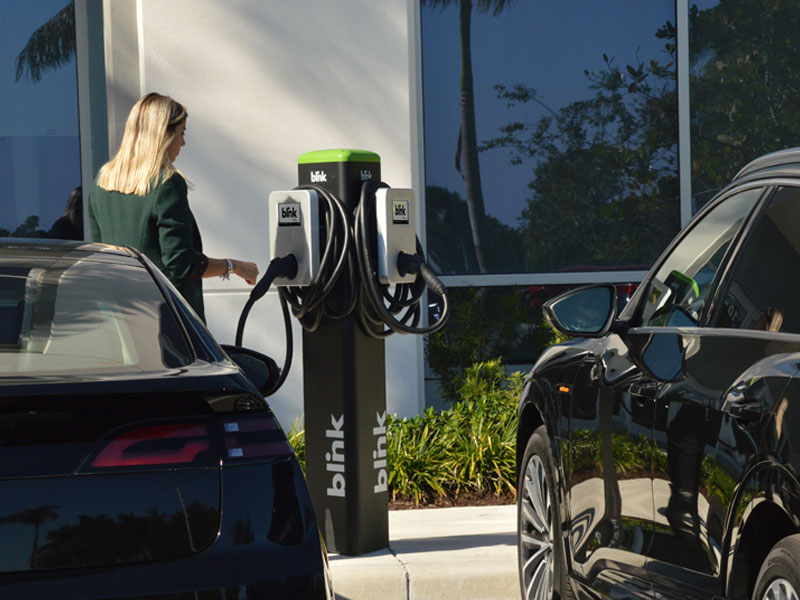
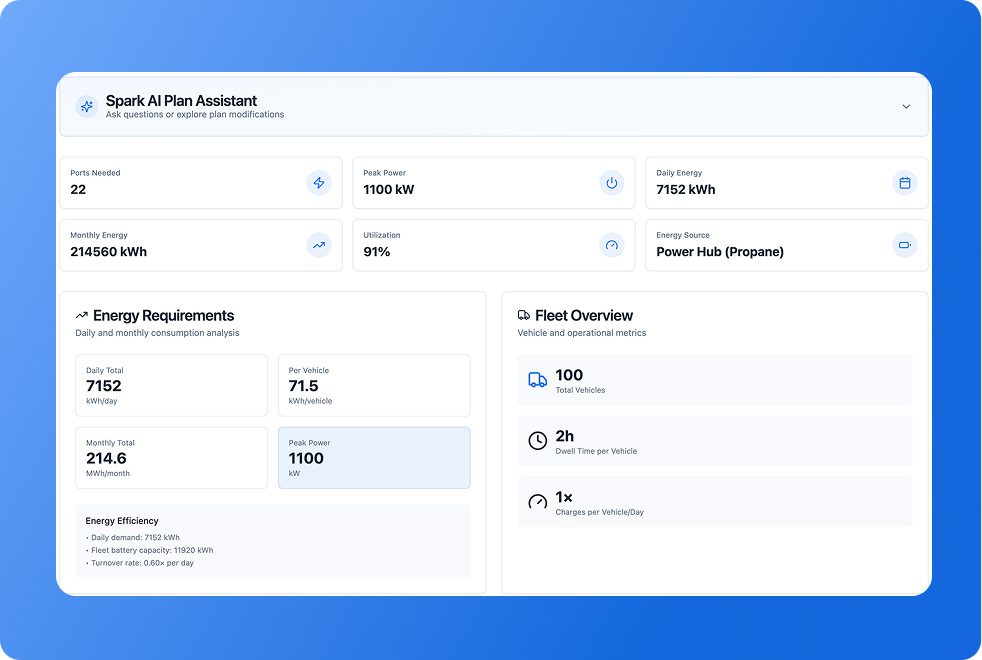


















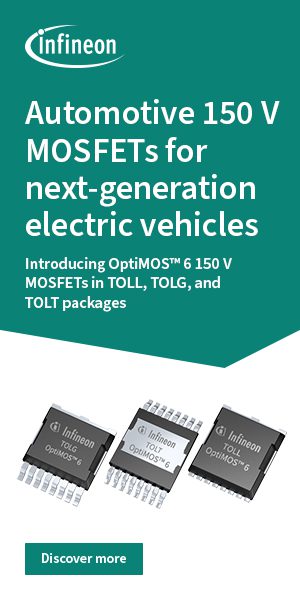
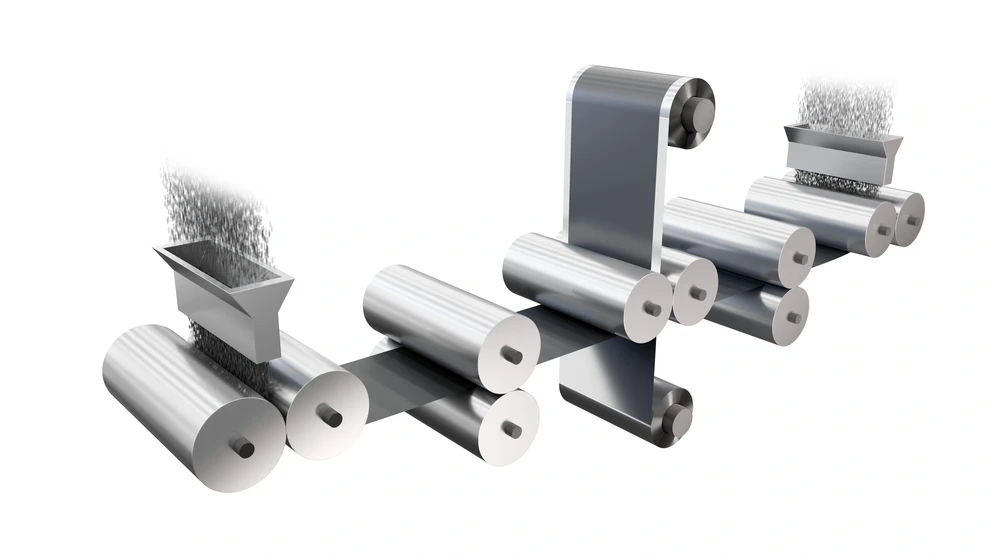
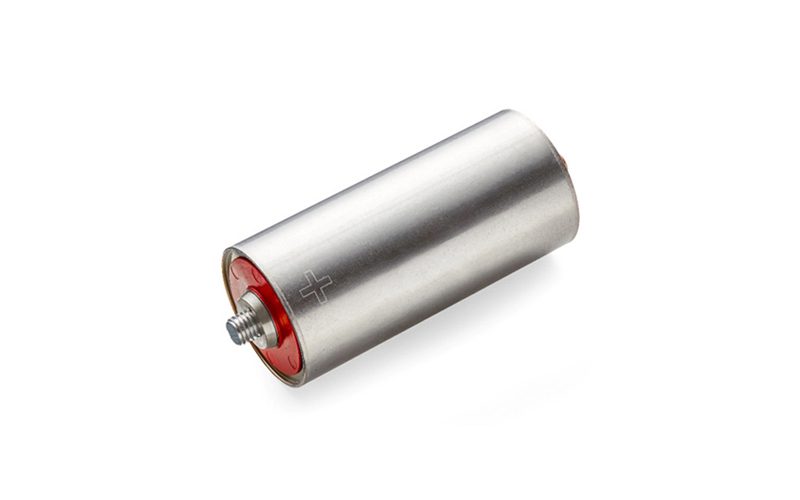
![New York City may replace Central Park’s horse-drawn cabs with electric carriages [Updated]](https://chargedevs.com/wp-content/uploads/2025/09/AdobeStock_273233016.jpg)
